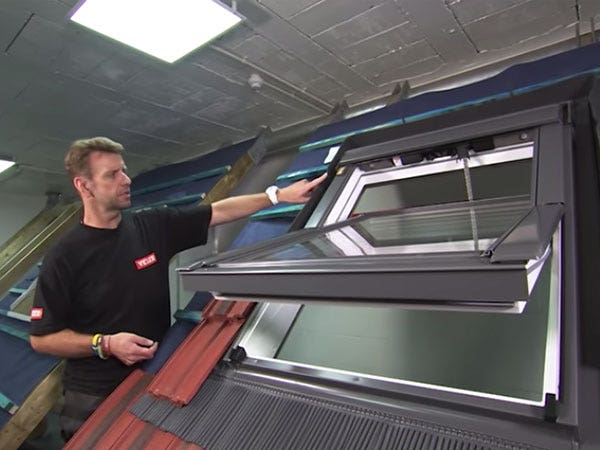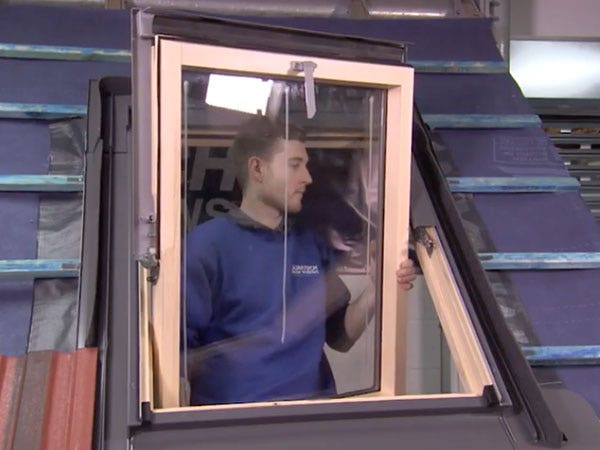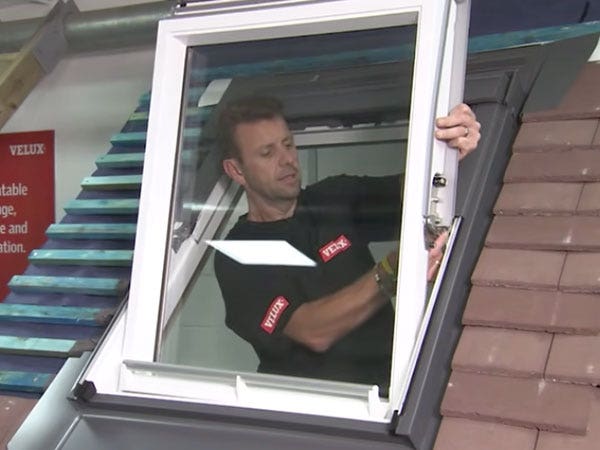Roofing felt may have to be replaced at sooner intervals than other roofing materials such as tiles. It is commonly fitted to flat roofs and sheds and provides a good weather tight seal provided you look after it properly.

Roofing felt installation is not a complex process:
Preparing the roof boarding
Before you install the new felt you should check the condition of the boards under the existing felt. The boards should not be spongy and not in poor condition. If the boards are damaged in any way they will need to be replaced before the new felt is installed. At this time it's also worth checking to see if any nails or sharp objects are protruding from the existing roof. If any are visible these need removing so they won't damage the new felt.
Installing new roofing felt
Roll out the new felt over the roof starting at the lowest point. Overlap any future rolls until the roof is covered. If the roof has a small pitch you need to make sure you install the felt so the rainwater can roll off the roof and not get under the felt. You can nail the felt in place, but a better option is to use bitumen to make sure the felt is stuck down reducing the chance of leaks.
A bituminous felt uses impregnated bitumen that can be heated to provide a firm and long lasting waterproof seal and adhesive that will stick almost anything.
The felt rolls are relatively simple to install to a high standard and, compared to the traditional pour-and-roll bitumen method, is quicker, safer, easier and requires fewer people and equipment. Torch-on felt also requires, obviously a gas torch to heat the bitumen and form a watertight impervious seal to ensure your roof is weatherproof for years to come. Gas torches are available in different sizes to enable you to do more detailed work as well as covering large areas quickly.






